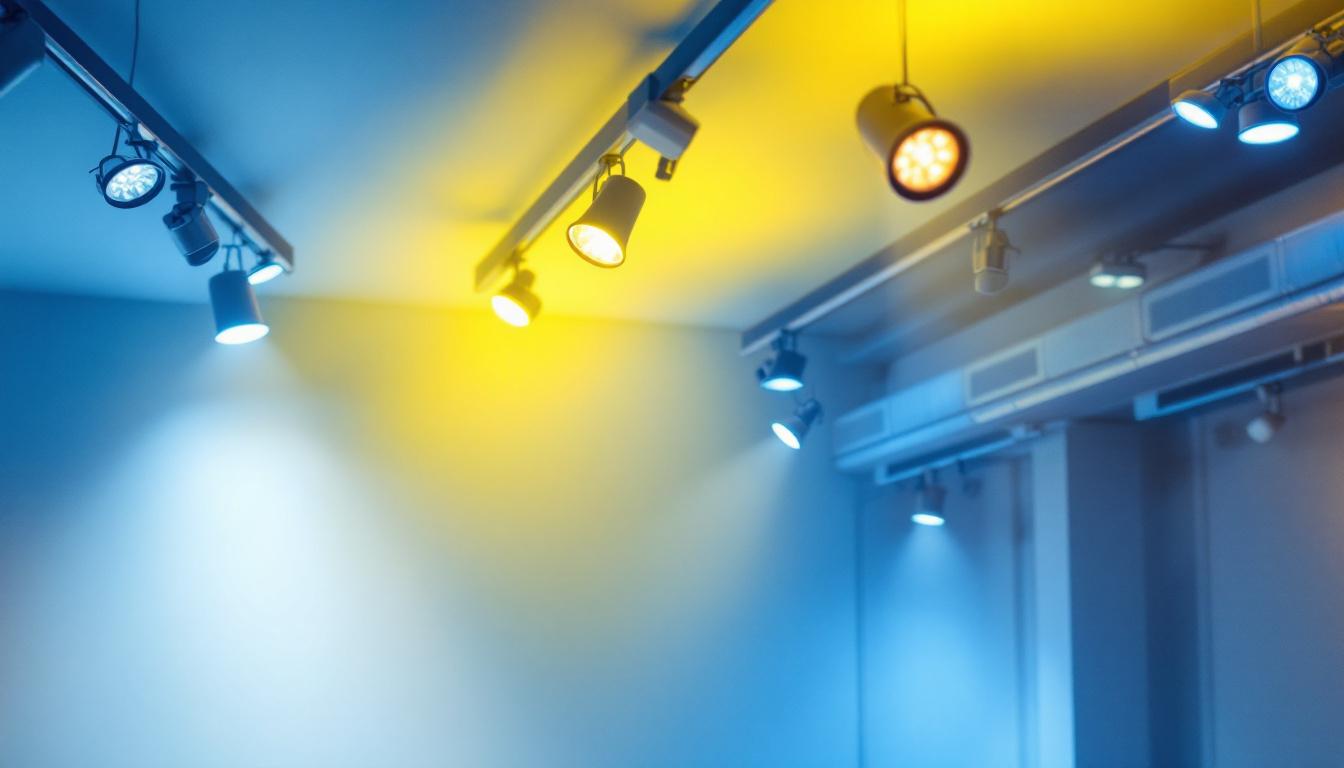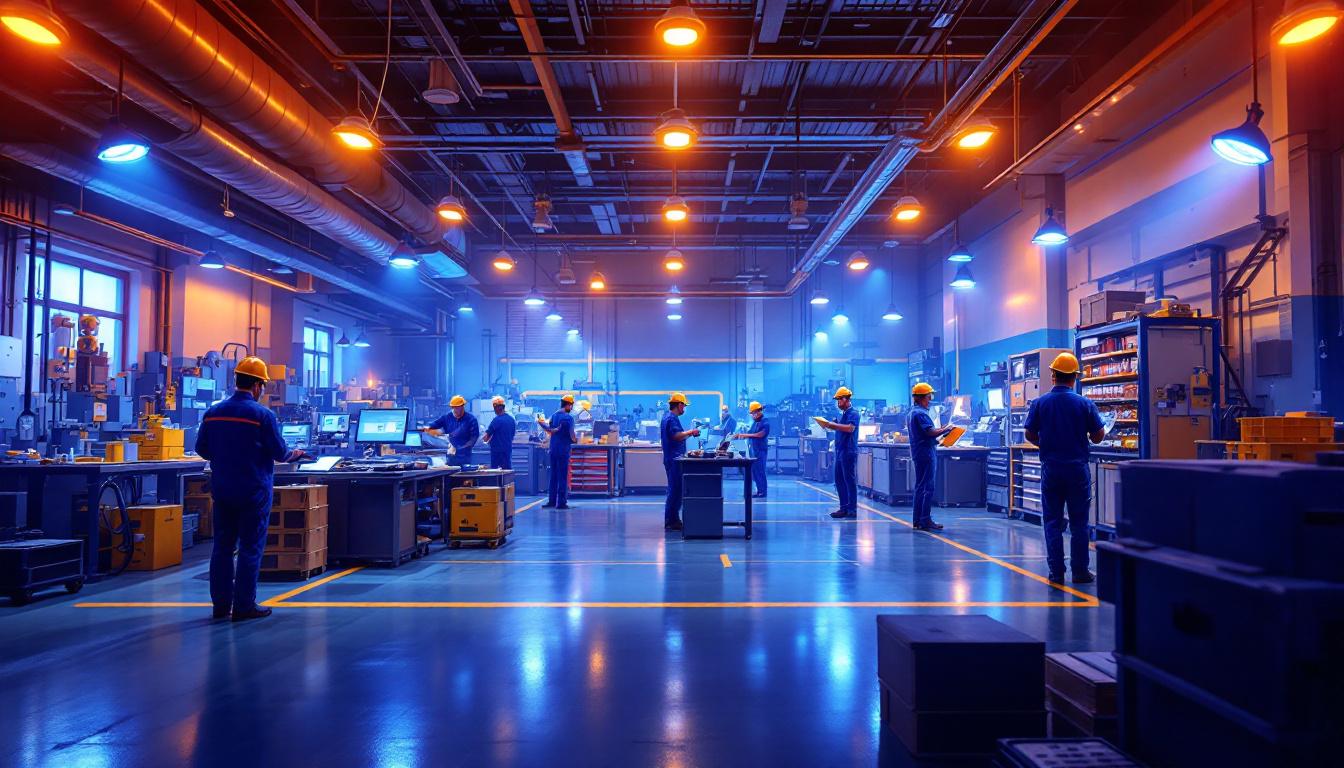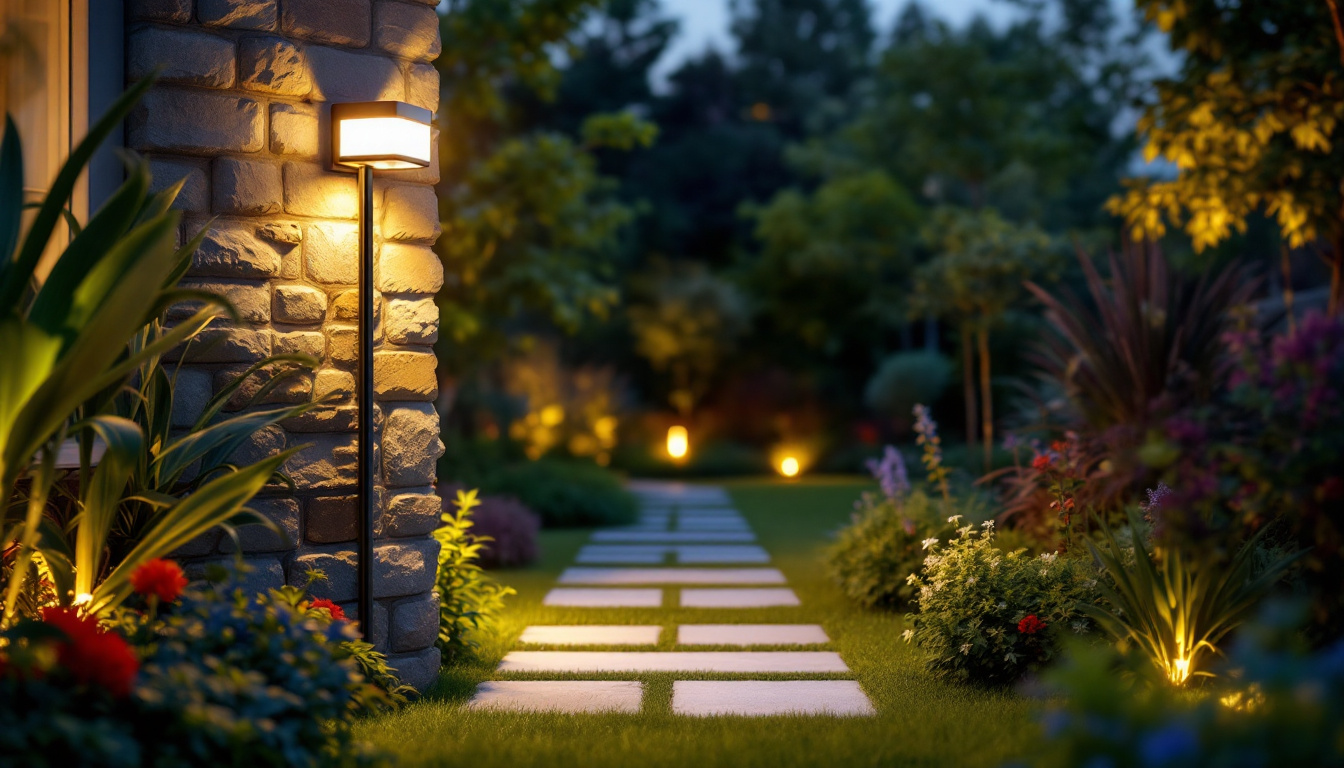
In the ever-evolving world of lighting design and installation, the use of used lights is becoming increasingly prevalent. For lighting contractors, understanding the best practices for sourcing, installing, and maintaining used lighting fixtures is essential. This article will explore various aspects of working with used lights, from benefits and sourcing to installation techniques and maintenance tips.
Utilizing used lights can offer numerous advantages for contractors and their clients. These benefits can significantly impact project costs, sustainability efforts, and overall client satisfaction.
One of the most compelling reasons to consider used lights is the cost savings they provide. New lighting fixtures can be prohibitively expensive, especially for large-scale projects. By opting for used lights, contractors can reduce material costs without compromising on quality. This allows for more flexibility in budgeting and can enable clients to allocate funds to other areas of their projects. Additionally, the savings from purchasing used lights can be reinvested into other aspects of the project, such as enhancing the overall design or upgrading other materials, ultimately leading to a more polished final result.
In an age where sustainability is paramount, using used lights contributes to reducing waste and promoting eco-friendly practices. By repurposing existing fixtures, contractors can help minimize the demand for new products, thereby decreasing the carbon footprint associated with manufacturing and transportation. This practice not only benefits the environment but can also enhance a contractor’s reputation as a responsible and forward-thinking professional. Furthermore, many clients are increasingly prioritizing sustainability in their purchasing decisions, making the use of used lights a selling point that can attract environmentally-conscious customers.
Used lights often come with a unique character that new fixtures may lack. Vintage or discontinued models can add a distinct aesthetic to a project, appealing to clients seeking something different. Contractors can source a variety of styles, from industrial to retro, providing clients with options that align with their vision. This diversity can set a contractor apart in a competitive market. Moreover, the stories behind these fixtures can add an element of charm and intrigue, allowing clients to feel a deeper connection to their space. Whether it’s a mid-century modern lamp or a classic chandelier, each piece can serve as a conversation starter, enriching the overall ambiance of the environment.
Another significant advantage of used lights is the often superior quality and durability of older fixtures. Many vintage lights were crafted with materials and techniques that prioritize longevity, making them a reliable choice for contractors. Unlike some modern products that may be designed for quick turnover, these older models can withstand the test of time, providing clients with a lasting solution. Additionally, many used lights can be refurbished or retrofitted, allowing contractors to enhance their functionality while preserving their original charm. This combination of quality and customization can lead to a more satisfying outcome for clients, who appreciate both the aesthetic and practical benefits of their lighting choices.
Finding high-quality used lights requires diligence and knowledge of where to look. Contractors should consider various sources to ensure they acquire reliable fixtures that meet their project needs.
Online platforms have revolutionized the way contractors source used lights. Websites dedicated to selling used or refurbished fixtures can offer a vast selection at competitive prices. However, it is crucial to research the seller’s reputation and read reviews before making a purchase. Additionally, contractors should inquire about return policies and warranties to safeguard their investments. Many online marketplaces also allow users to filter searches based on specific criteria such as brand, type, and condition, making it easier to find exactly what is needed. Furthermore, some platforms even feature user-generated content, such as installation tips and maintenance advice, which can be invaluable for contractors looking to maximize the lifespan of their purchases.
Local auctions and liquidation sales can be treasure troves for used lighting fixtures. These events often feature a wide range of products at significantly reduced prices. Contractors should keep an eye on local listings and attend these events with a clear understanding of what they need. It’s also wise to arrive early to secure the best deals and selections. In addition to lighting, these sales may offer complementary items such as wiring, switches, and other electrical components, allowing contractors to stock up on multiple necessities in one trip. Engaging with auctioneers and other attendees can also lead to insider tips on upcoming sales and exclusive opportunities that might not be advertised publicly.
Building relationships with other contractors can lead to valuable opportunities for sourcing used lights. Networking can facilitate the exchange of information about available fixtures, as well as potential deals. Contractors may find that colleagues have surplus lights from previous projects or know of sources that are not widely advertised. Additionally, participating in local trade shows and industry events can expand a contractor’s network, providing access to a broader range of contacts who may be looking to sell or trade lighting fixtures. Engaging in online forums and social media groups dedicated to the construction and lighting industries can also yield fruitful connections, allowing contractors to share insights and recommendations with peers who have similar needs and experiences.
Proper installation is crucial when working with used lights. Contractors must ensure that these fixtures are safe, functional, and aesthetically pleasing. Here are some best practices to consider during the installation process.
Before installing used lights, a thorough inspection is essential. Contractors should check for any signs of damage, such as cracks, corrosion, or frayed wiring. It is also important to test the functionality of each fixture to ensure it operates correctly. Addressing any issues before installation can prevent complications and ensure a safer outcome.
Safety should always be a top priority when installing lighting fixtures. Contractors must adhere to local electrical codes and safety regulations. This includes using appropriate wiring, ensuring proper grounding, and utilizing suitable mounting hardware. If there are any uncertainties regarding the safety of a fixture, it is advisable to consult with a licensed electrician.
When installing used lights, creativity can enhance the overall design of a space. Contractors should consider the unique characteristics of each fixture and how they can complement the surrounding environment. Experimenting with placement can lead to innovative lighting solutions that highlight architectural features or create desired atmospheres.
Maintaining used lights is crucial for ensuring their longevity and performance. Regular upkeep can prevent issues and enhance the overall aesthetic of the fixtures.
Dust and grime can accumulate on lighting fixtures, diminishing their appearance and functionality. Regular cleaning is essential to keep used lights looking their best. Contractors should use appropriate cleaning solutions and techniques to avoid damaging the fixtures. For delicate materials, gentle cleaning methods are recommended to preserve their integrity.
Conducting periodic inspections of used lights can help identify potential problems before they escalate. Contractors should check for signs of wear, such as flickering bulbs or loose connections. Addressing these issues promptly can prevent safety hazards and ensure that the fixtures continue to operate effectively.
In some cases, upgrading components of used lights may be necessary to improve performance or efficiency. This could involve replacing outdated bulbs with energy-efficient options or upgrading wiring to meet current standards. By investing in upgrades, contractors can enhance the functionality of used fixtures while providing clients with modern solutions.
When working with used lights, effective communication with clients is vital. Educating clients about the benefits and potential challenges of using used fixtures can foster trust and transparency.
Clients should be made aware of the unique nature of used lights. While there are many benefits, it’s essential to set realistic expectations regarding availability, condition, and potential limitations. This transparency helps clients make informed decisions and reduces the likelihood of misunderstandings later in the project.
Contractors should emphasize the sustainability benefits of using used lights during client discussions. Many clients today prioritize eco-friendly choices, and highlighting how repurposing fixtures contributes to environmental conservation can resonate with their values. This not only enhances the appeal of the project but can also strengthen the contractor-client relationship.
Educating clients on the maintenance of used lights is essential for ensuring their longevity. Contractors should provide clear instructions on how to care for the fixtures and when to schedule inspections. Offering ongoing support can further enhance client satisfaction and encourage repeat business.
Incorporating used lights into projects offers lighting contractors a wealth of opportunities. From cost savings and sustainability to unique aesthetics, the benefits are manifold. By following best practices for sourcing, installation, and maintenance, contractors can ensure that they deliver high-quality results that meet client expectations.
Effective communication and education are key components of a successful project involving used lights. By fostering transparency and trust with clients, contractors can build lasting relationships and enhance their reputation in the industry. As the demand for sustainable and cost-effective solutions continues to grow, the use of used lights is likely to become an integral part of the lighting contracting landscape.
Ultimately, embracing the potential of used lights can lead to innovative designs, satisfied clients, and a more sustainable future in the lighting industry.
Ready to elevate your lighting projects while maximizing value and sustainability? Look no further than LumenWholesale for a vast selection of top-quality, spec-grade lighting products at unbeatable wholesale prices. Say goodbye to inflated markups and hello to superior lighting solutions that meet the highest industry standards. With free shipping on bulk orders, you can trust LumenWholesale to provide premium lighting at the best price, ensuring your projects shine without hidden fees or compromises. Wholesale Lighting at the Best Value is just a click away, bringing quality, affordability, and convenience directly to your doorstep.

Discover essential compliance insights for 8-foot track lighting installations in this comprehensive guide tailored for lighting contractors.

Discover how strategic factory lighting not only illuminates workspaces but also plays a crucial role in enhancing safety.

Discover expert insights from top lighting contractors on LED retrofit recessed can lights.

Discover how outdoor LED motion sensor lights are revolutionizing lighting design and installation.